Here are the only two references to these frames I know:
a) On the web site http://www.ilmondodeitreni.it, one finds the entry
3) Apparati Centrali a doppio filo (con bloccamento elettrico degli itinerari, ex Austriaci)unfortunately without any links.
b) The book "Impianti di Sicurezza" by Vittorio Finzi, published in 2001, contains the following on page 14:
Translated:
The semi-automatic block with Cardani type instruments was introduced around 1900, the FS block is from the 1930s; we will deal with both in detail in Chapter III, as they are still in operation on many lines. The Siemens Halske type line block, installed before World War I, was in operation on the Trento-Brennero line until 1963, when it was replaced by the FS block for reasons of standardisation.I have not found more than these two mentions so far.
But now Mattia—who found my blog on the internet and who emails me back and forth from time to time; he also has a small railway museum somewhere on the Tendabahn, if I understand it correctly, where I want to visit him—sent me four pictures that are very interesting. I don't know when they were taken; I'll have to talk to him about them from time to time—but here they are:
First image—Mattia writes: "I have had some photo sent to me by a friend who is a signalman in Trento; ... the only remaining apparatus was in the cabin of the Brenner station". The block apparatus is already removed here from the signal box. The designation "Pulsante" under the middle button simply means "push button" or "key" in Italian—not really helpful to understand its function:
Second and third image—Mattia writes: "I also found a photo from the technical school in Bolzano, it would appear that there is no classic anchor but a toothed wheel".
I have enlarged a part of the second picture; the resolution of the pictures is not very high, but you can actually see that the segment discs have a much finer toothing and are motor-driven by a pinion:
Mattia writes: "With regard to the modification in the block, I can confirm that it is as you said, engineer Pacetti was talking about it in the “la Tecnica Professionale” magazine, the blocks have been modified for direct current working, so that there could be no interference due to the alternating current cable for the locomotives."—there seem to exist more documents somewhere. The reason for the modification given probably refers to the fact that the Brenner line was electrified with three-phase current 3.6 kV/16 2/3 Hz from 1928 onwards.
A last picture by Mattia shows the distribution of block systems in Italy in 1939, mentioning the "Blocco a Settori" for the Venezia division, i.e. the Siemens&Halske track block under the designation also from the above mentioned book. Mattia writes: "The graph in the photo shows the kilometers of railway line in which the S&H railway block were used (gray)."
Today's divisions can be seen at this website of Rete Ferroviaria Italiana (RFI). Today Verona is a separate division, in 1939 this area was apparently still assigned to Venezia.
That's it (so far) from this probably largely unknown branch of former Austrian and then Italian safety installations. Many thanks to Mattia for this glimpse into the past and an unexpected technical detail!
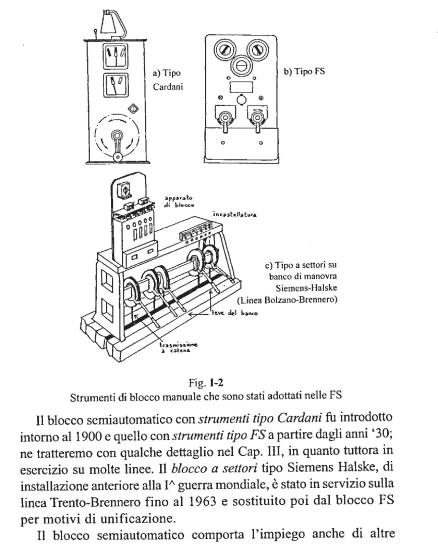
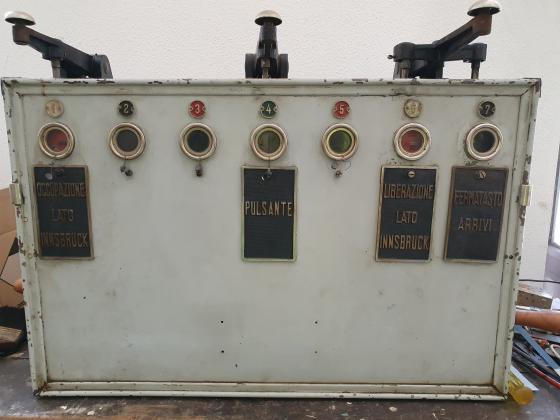
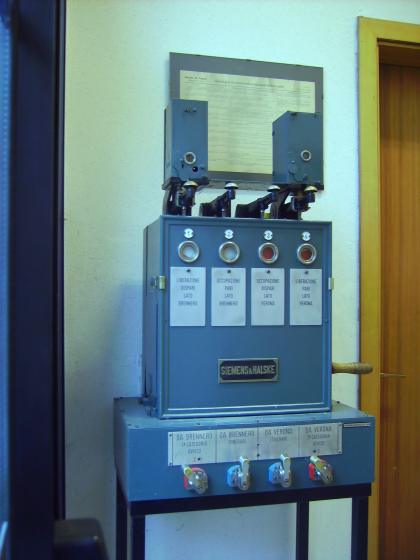
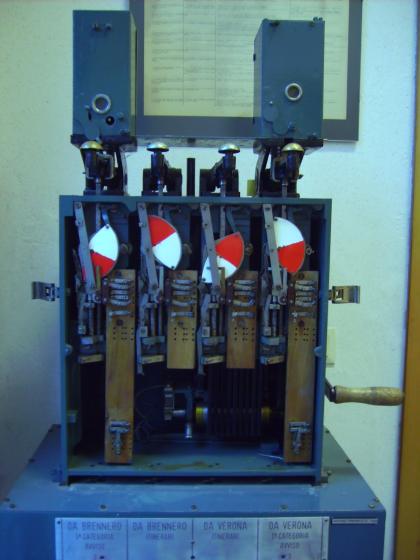

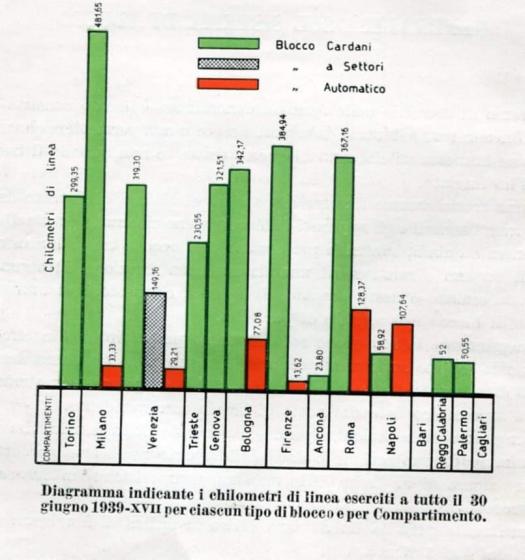
No comments:
Post a Comment